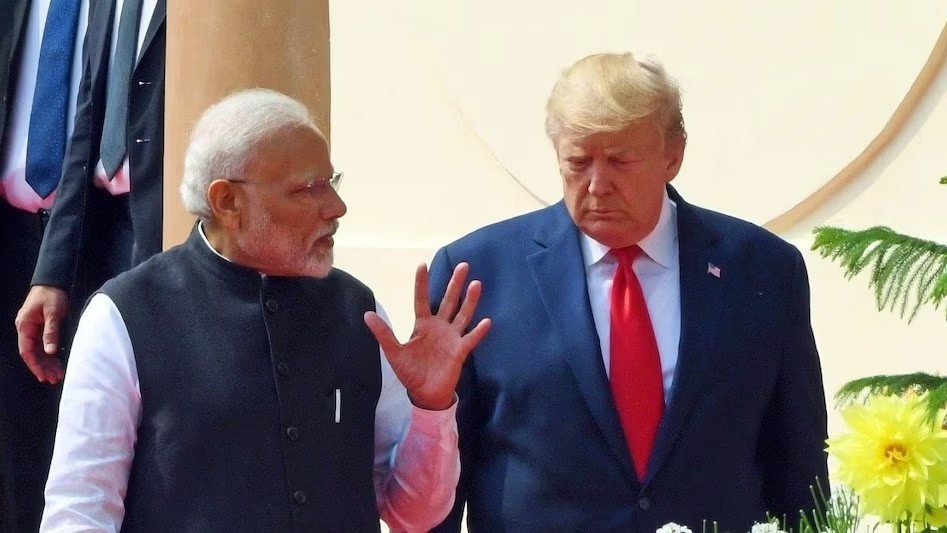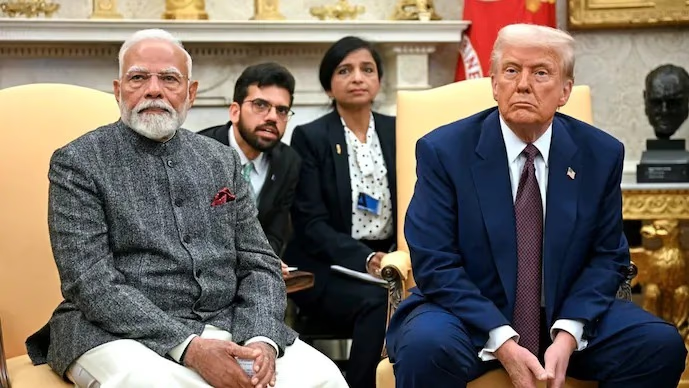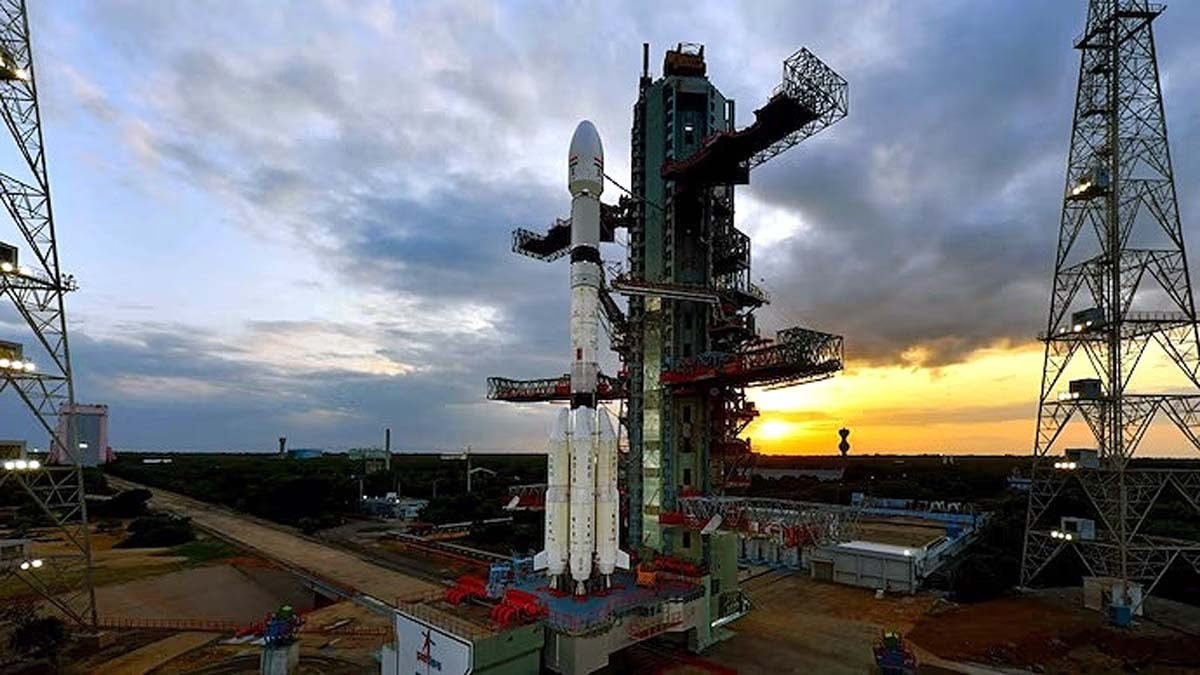US President Donald Trump has announced a 25% tariff on India, sharing the news via social media platform 'X'. This move indicates a lack of consensus on a trade deal between India and the US.
Trump has been consistently applying pressure regarding tariffs, with multiple meetings already held on this issue, and the US trade delegation visiting India next month. Why this sudden announcement from Trump? Let's explore this further. America, or rather Donald Trump, desires a complete opening of India’s market in sectors like agriculture, dairy, pharmaceuticals, and digital, to which India disagrees. India is determined to forge a balanced agreement that defends the interests of its 1.4 billion people, particularly its 700 million agriculture-reliant population. India prioritizes its food security, farmers' welfare, and strategic autonomy, while the US demands more market access for its products.
What the US Wants...
The US seeks lowered tariffs on its agricultural and dairy products, especially non-vegetarian milk and genetically modified crops, demanding India to reduce or eliminate up to 100% tariffs in these sectors, which India staunchly opposes. This could severely impact a significant portion of India’s population, especially small farmers.
In India, milk is considered sacred both religiously and culturally, and approving market access for non-vegetarian-fed livestock milk is unacceptable. India suggests a clear labeling of milk imported from the US as deriving from herbivore-fed livestock.
The US also urges reduced tariffs on steel, auto parts, and digital services, while India aims to protect its interests in these areas. India has offered tariff concessions on some American products but not in dairy and agriculture. Allowing US dairy and agricultural products could severely harm Indian farmers, affecting around 80 million jobs.
Since assuming the presidency, Donald Trump announced a 26% mutual tariff on India, which was deferred to July 9, 2025. Despite ongoing negotiations, Trump has unilaterally decided on a 25% tariff from August 1, 2025.
The Real Reason Behind Trump’s Pressure
India shares a longstanding relationship with Russia, which now troubles America. Trump uses tariffs as a means to pressure India into halting trade with Russia. His message clearly indicates that tariffs are just a facade. The military equipment and oil India purchases from Russia cause concern for the US. Trump has criticized India’s military and energy collaborations with Russia, proposing a 500% tariff on countries trading with Russia, applying pressure on India.
Donald Trump claims India is a friend, yet bilateral trade has been relatively low due to India’s high tariffs, among the highest globally, hindering American trade expansion.
What Options Remain?
Despite Trump’s years-long tariff rhetoric, his unilateral announcement underscores the lack of mutual agreement in the ongoing trade deal discussions between India and the US. However, negotiations remain open. Experts suggest Trump’s announcement is not final, with Indian government representatives maintaining contact with the White House, offering hope for a better outcome soon. Although Trump has declared a 25% tariff on India, India has yet to respond. Previously, India refused to concede on several trade deal issues.
India is unlikely to support a 25% tariff, demanding a zero tariff from the US in several sectors while the US seeks to maintain a 50% tariff on its steel and aluminum, which India wants scrapped.
The US has raised concerns over India’s growing Quality Control Orders (QCOs), part of the ‘Self-Reliant India’ initiative, aimed at curbing low-quality imports and fostering domestic manufacturing. However, the US views these as trade barriers.
If forced with a 25% tariff, India is prepared. It will explore alternative options and markets for impacted demands and potentially raise tariffs.
Impact on Sectors
The tariffs will immediately impact sectors like automobiles, auto parts, steel, aluminum, smartphones, electronics, marine products, gems, and jewelry, while pharmaceuticals, semiconductors, and critical minerals are currently exempt from new measures.
Analysts note that India's tariff rates are still better than those levied on China (34%) and Vietnam (46%), allowing India to strengthen its hold in sectors like chemicals and garments, fostering trade growth.
India-US Relations
Previously, after conducting nuclear tests, India faced similar challenges but exhibited strong resolve. Over time, India improved relations with the US, with America taking a softer stance towards India.




